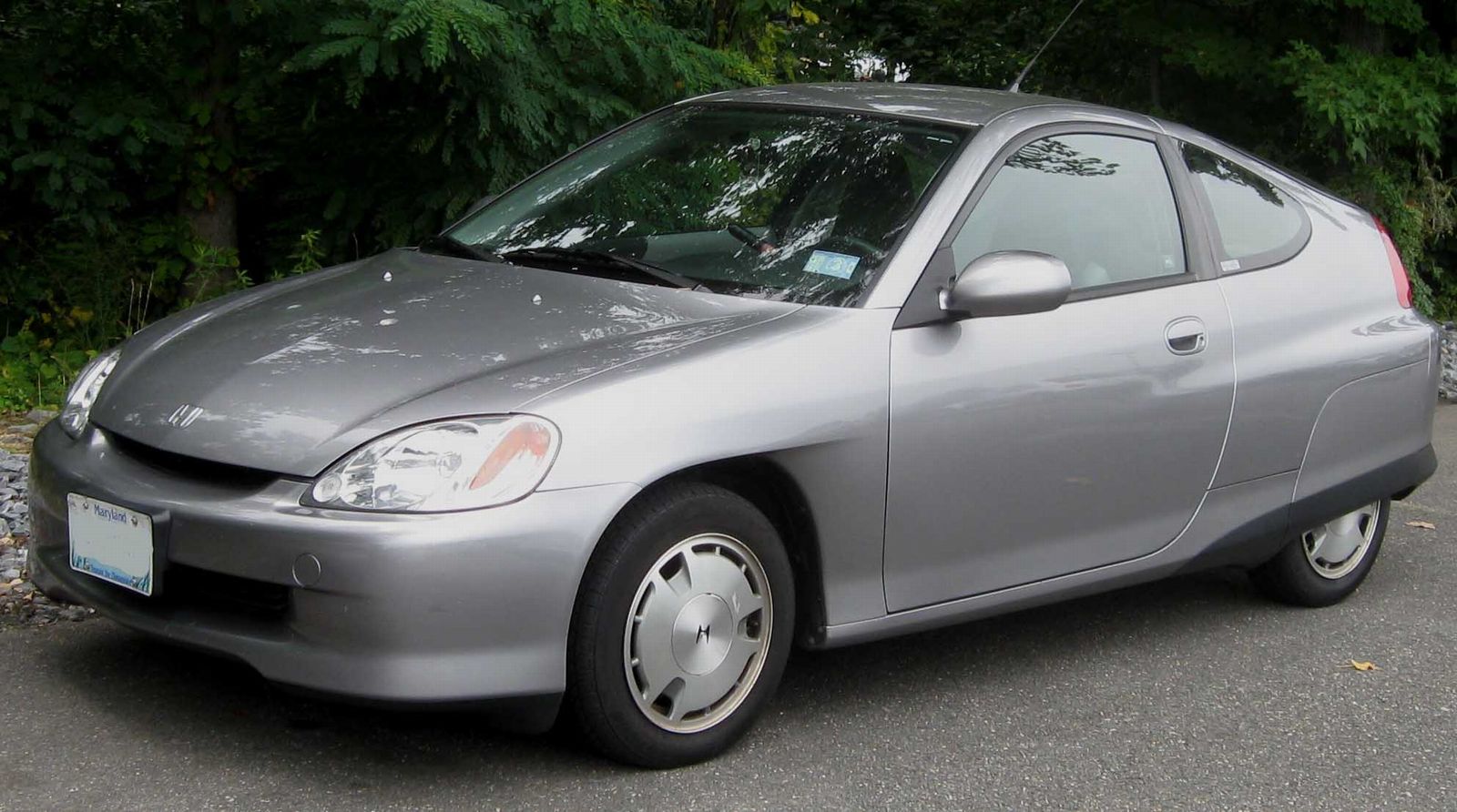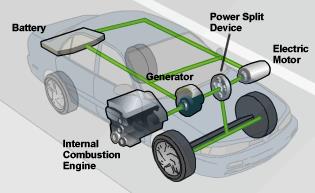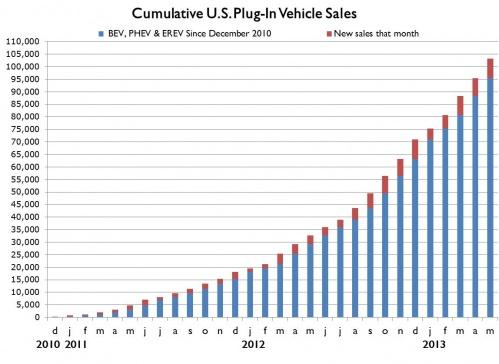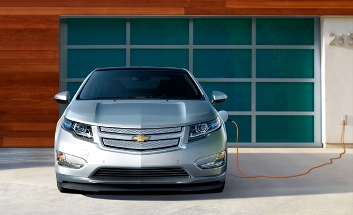Long considered “alternative transportation” vehicles, electric cars and trucks have taken their place among their gas and diesel powered counterparts.
They are coming! Or, maybe they’ve been here all along!
It wasn’t that long ago that the sight of an electric vehicle (EV) was a special event. That began to change when the first all-electric Toyota Rav4s first hit the road in 1997, followed by the appearance of the head-turning Tesla Roadster in 2006. Few people realize that electric vehicles existed as far back as 1832 when Scottish inventor Robert Anderson built a simple electric carriage.
In fact, EVs became commercially available in the 1890s, about the same time that internal combustion vehicles were first sold. New York City even had a fleet of electric taxis in 1897! http://www.pbs.org/now/shows/223/electric-car-timeline.html
The first car designed by Ferdinand Porsche was an electric car and appeared in 1898, named the Egger-Lohner electric vehicle. The same year he built the first true gas electric hybrid, the Lohner-Porsche.
http://www.greencarreports.com/news/1089994_first-ever-porsche-turns-out-to-be-an-electric-car
So, what happened?
Electric cars were actually pretty common in the early days of wheeled transportation. However, this was soon to change due to a number of developments:
First, improvements in the technology of extracting and refining petroleum and discovery of petroleum reserves worldwide meant that gasoline and other fuels would be increasingly available and inexpensive. Second, the design of internal combustion engines improved greatly during this time and they became more efficient and reliable. Finally, as America grew and built longer and better roads and highways, the need for vehicles that had a long range between refueling stops made gasoline-powered cars and trucks the technology of choice. This last factor is still a primary consideration today when Americans select a new car.
Bridging the Gap to Electric Vehicles, the Hybrid Electric Vehicle (HEV)
Is a hybrid an electric vehicle or gasoline vehicle? A hybrid electric vehicle, or HEV, runs on both electricity and gas! Hybrid designs were being developed as early as 1898 but fell out of favor during most of the 20th Century. The Arab Oil Embargo of 1973 brought higher gas prices and a new selection of electric vehicles were born. These vehicles didn’t have the range other cars had however, and thus did not catch on with the general public. In response to the need for better fuel economy and lower emissions, engineers began to work on improved designs for an affordable car that could combine the clean benefits of electric power with the longer range of petroleum based fuels.

Above: The Honda Insight, introduced to the US in 1999.
Combining the best of both worlds, low emissions and long range, hybrids strike a happy medium by using a small gas engine in tandem with electric motors.
Honda released the two-door Insight in 1999, which was followed by the Toyota Prius in 2000. Hybrids save fuel and lower emissions by running the gas engine only when needed. If you’re sitting at a red light or stuck in traffic, the engine turns off. And if you’re just moving through a parking lot or down a residential street you don’t need the gas motor because the electric motor and batteries are enough. Only when power is needed or the batteries run low does the gasoline engine need to run. Top speed and range of the vehicle in all-electric mode is limited in a standard hybrid vehicle, and all the energy comes from the fuel in the tank, though regenerative braking and generation while coasting replenish the battery charge.

Plug-in Hybrid Electric (PHEV)
Unlike hybrid electric vehicles, which derive all their power from petroleum, plug-in hybrids, or PHEVs, provide owners the ability to charge the batteries with household electrical power at home or at work using standard wall outlets. Faster charging can be found at higher-powered charging stations. If there isn’t time for charging, a PHEV still has a gas engine to extend its range. Learn more about PHEV technology here: http://www.fueleconomy.gov/feg/hybridtech.shtml

Growing sales of Plug-Ins indicate growing interest in driving cars that charge! Chevrolet, Ford, Toyota, Honda, and other manufacturers offer PHEV models. Compare all available models here: http://www.fueleconomy.gov/feg/PowerSearch.do?action=noform&path=1&year1=2014&year2=2015&vtype=Plug-in+Hybrid
Parallel versus Series PHEVs
Most hybrids today use a drivetrain system called “parallel hybrid” that allows the wheels to be driven by the gas engine only, the electric motor only, or by both working together. Parallel hybrids are also called “series hybrid”, which means that the wheels are always driven by electric motors and the gasoline engine runs only to power the generator to keep the batteries’ charges. Series hybrids are also referred to as “extended range electric vehicles, or EREVs.

The Chevrolet Volt, seen above, is a Series Hybrid, or Extended Range Electric Vehicle.
Like most PHEVs, EREVs can derive all of their power from electrical charging, with gas being needed only for longer trips.
The Benefits and Challenges of PHEVs can be found at the US Department of Energy website: http://www.fueleconomy.gov/feg/phevtech.shtml
From Hybrid Electric to Battery Electric Vehicles and beyond!
The growing popularity and acceptance of hybrids paved the way for the introduction of new dedicated electric vehicles. Once limited to the pricy Tesla Roadster and a few custom brands, more and more Battery Electric Vehicles, BEVs, have become available. Nissan introduced the Leaf in 2010 and the Tesla Model S arrived in 2012.
All-electric models are now available from Ford, Chevrolet, Mitsubishi, BMW, Volkswagen and, well, you get the idea. See them all here:
http://www.fueleconomy.gov/feg/PowerSearch.do?action=noform&path=1&year1=2014&year2=2015&vtype=Electric
Tune in Next Time: The EVs are Coming! The EVs are Coming! (Part II)
There are dozens of choices in selecting an electric vehicle or hybrid. What are the challenges and benefits to owners, how will electric vehicles impact electrical power generation, distribution and the grid? What exciting new EV technologies are coming down the road? Stay tuned for Part II!
Related Activities:
Gasoline, ethanol, CNG, and other fuels: what are the facts behind different kinds of cars and what powers them? To find out, take a look at NEED’s Transportation Fuels Infobook:
https://www.need.org/files/curriculum/guides/Transportation%20Fuels%20Infobook%20web.pdf
A great activity that reveals advantages and disadvantages of each type of fuel is NEED’s Transportation Fuels Debate:
https://www.need.org/files/curriculum/guides/TransportationFuelsDebate.pdf
For more activities related to energy and transportation, check out: https://www.need.org/transportation
A similar activity called “Road Trip” is found on page 52 of the NEED guide “Exploring Climate Change”. Check it out! https://www.need.org/files/curriculum/guides/ExploringClimateChange.pdf
